KATHMANDU — News of four cheetah cubs being born recently in India has sparked interest in the species in the conservation community in neighboring Nepal, where the big cat’s historical presence has long been debated.
The Indian cubs were born from southeast African cheetahs (Acinonyx jubatus jubatus) reintroduced to Kuno National Park in Madhya Pradesh, from where the species was believed to have gone extinct 70 years ago. Under the reintroduction program, India brought 20 cheetahs from Namibia and South Africa and released them in its grasslands, which last hosted Asiatic cheetahs (Acinonyx jubatus venaticus) some 70 years ago.
Grasslands of a similar nature are also found further north, in Nepal, where tigers (Panthera tigris) have historically been the dominant apex predators. “As Nepal and India share the Terai Arc landscape’s grasslands and floodplains, we were discussing a few days ago whether it could have supported a cheetah population or not,” a Nepali conservationist told Mongabay recently.
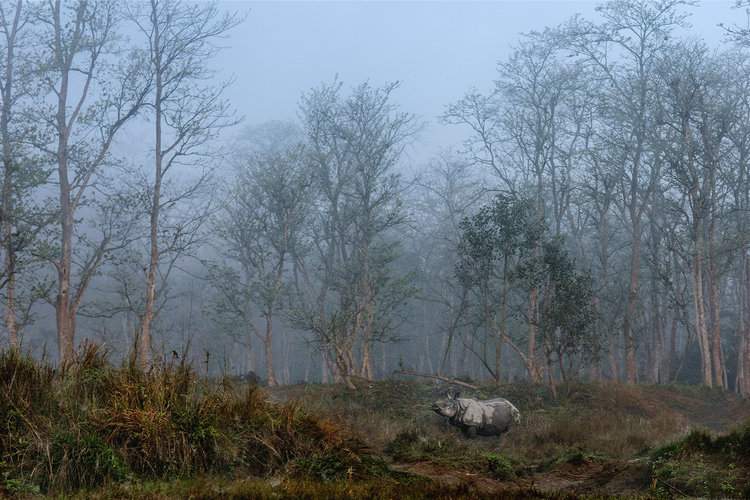
The Action Plan for Reintroduction of Cheetahs in India also mentions that, historically, the animal roamed “the entire country except the high mountains, coasts and the northeast region.” The animal was sighted as far north as Lucknow, near the present India-Nepal border, in 1837, and records in the sal tree (Shorea robusta) forests that are found in both countries also suggest they could have lived in Nepal as well, conservationists say.
“From existing literature and records, we can’t confirm the presence or absence of cheetahs in Nepal,” said Karan Shah, co-author of the book Mammals of Nepal. “However, since it is reported to have been so pervasive in India, we can assume that it may have been found in Nepal as well.”
“It might be possible that Nepal’s southern plains were once part of the northernmost fringe habitat of cheetahs,” said Hem Sagar Baral, another co-author of Mammals of Nepal.
Nepal is also home to the northernmost population of the blackbuck, or the Indian antelope (Antilope cervicapra), one of the fastest land animals and historically a top prey species of cheetahs on the subcontinent.
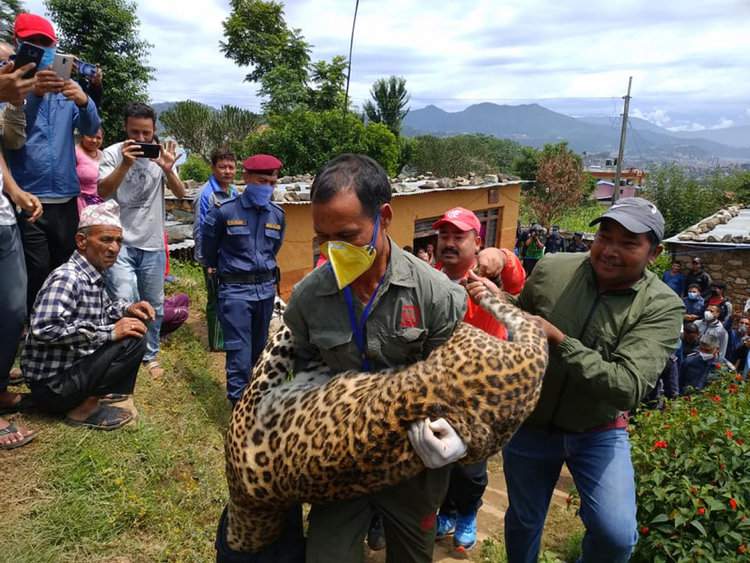
Indian authorities say they believe the Asiatic cheetah went extinct from the region around 70 years ago. (A tiny population of this subspecies is believed to persist in Iran.) According to the Indian action plan, several factors contributed to the cheetah’s extinction from the subcontinent: large-scale capture of cheetahs for use in hunting, in a practice known as coursing; bounty and sport hunting of the cats; conversion of habitats to cropland; and a decline in their prey base. The last cheetahs in the wild in India were recorded in 1948, when three of them were shot in the sal forests of Chhattisgarh, according to the action plan.
Indian officials say the translocation program gives African cheetahs new and suitable space to expand into. Similar conservation-related translocations within Africa have been successful in wild cheetah range restoration efforts.
The translocation program in India comes amid a long-running deliberation by Nepali conservation officials over whether to introduce big cats, particularly tigers, into the Koshi Tappu Wildlife Reserve in Nepal’s eastern floodplains. The area is a stronghold of the wild water buffalo (Bubalus arnee) and doesn’t have a population of predators such as tigers or, according to some experts, even leopards (Panthera pardus). “There’s some potential to introduce cheetahs in Koshi Tappu, given the lack of predators there,” said a conservationist who asked not be identified discussing a “radical” proposition. “But we need to conduct habitat suitability studies before we can take the idea further,” the conservationist told Mongabay.
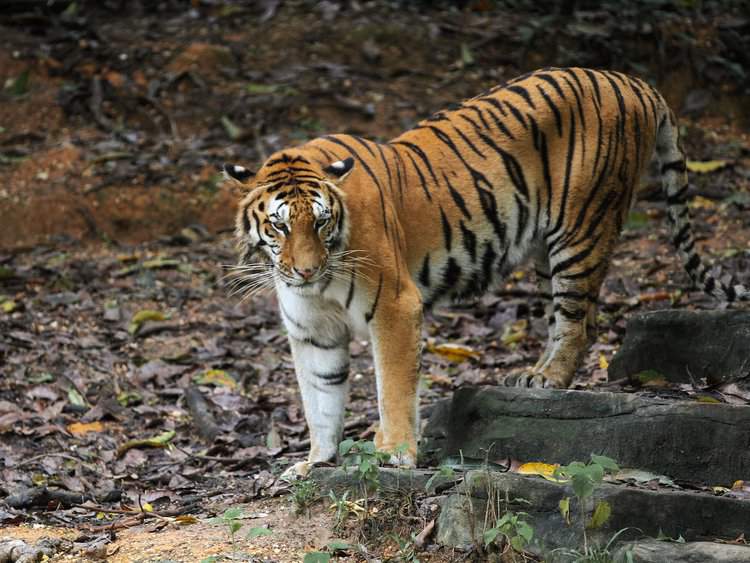
Baral said he agrees that an apex predator is needed in Koshi Tappu, but translocating big cats to the area has the potential to do more harm than good. “First, the landscape there is pretty flat and the Koshi River causes floods every monsoon,” he said. The reserve has poor connectivity to forests located at higher elevations, leaving its wildlife without any refuge during the floods.
“Also, the people living around the wildlife reserve don’t know how to live with big cats as they have been absent or limited to small numbers in the last few decades,” Baral said. Introducing cheetahs here could therefore lead to human-wildlife conflicts that would take a toll on both humans and cats.
Shah said he disagrees with the assessment that Koshi Tappu lacks an apex predator. “If we didn’t have a predator there, the population of herbivores in the area would have increased dramatically,” he said. “But that hasn’t been the case. This shows that the leopards are doing the predation in Koshi Tappu.”
Even in India, where the translocation of cheetahs is being implemented, there are those who doubt that the fast feline was ever native to this region dominated by tigers. In their book Exotic Aliens: The Lion and the Cheetah in India, Valmik Thapar, Romila Thapar and Yusuf Ansari make the case that any cheetahs on the subcontinent were likely brought there by humans from elsewhere to use in hunting blackbuck and as royal status symbols. As the animals couldn’t breed in captivity, they had to be reared in the wild, that too in numbers, the authors wrote.
Valmik Thapar also notes that tigers and leopards appear widely in historical records in India, while lions and cheetahs are almost absent. This is also the case in Nepal, where there are no records of the ruling class going on “cheetah hunts,” compared to numerous mentions of “tiger hunts.”
Regardless of the origin of the Indian cheetah, Baral said Nepal’s wildlife conservation programs already face a host of challenges with its three native big cats — tigers, leopards and snow leopards (Panthera uncia) — and other small cats. “I don’t think we need to add cheetahs to the mix,” he said.
This article by Abhaya Raj Joshi was first published by Mongabay.com on 3 April 2023. Lead Image: A running cheetah. Image by Peter Scheufler / Cheetah Conservation Fund.
What you can do
Support ‘Fighting for Wildlife’ by donating as little as $1 – It only takes a minute. Thank you.
Fighting for Wildlife supports approved wildlife conservation organizations, which spend at least 80 percent of the money they raise on actual fieldwork, rather than administration and fundraising. When making a donation you can designate for which type of initiative it should be used – wildlife, oceans, forests or climate.
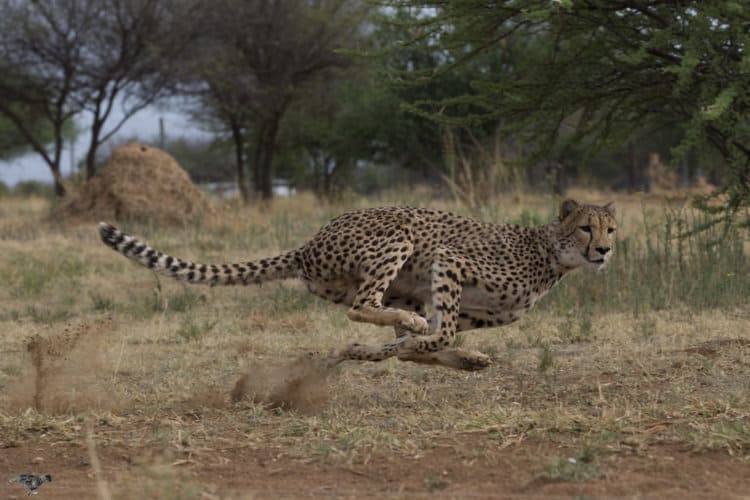
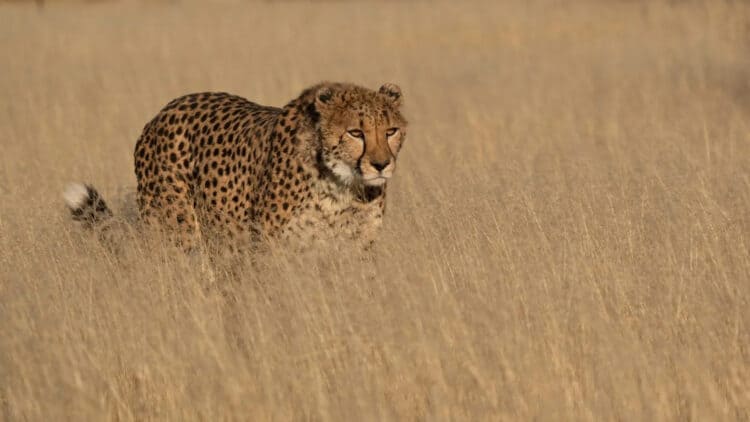
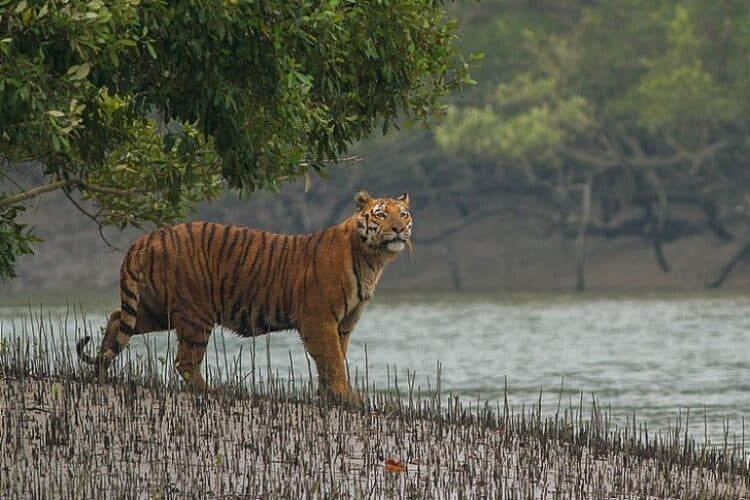
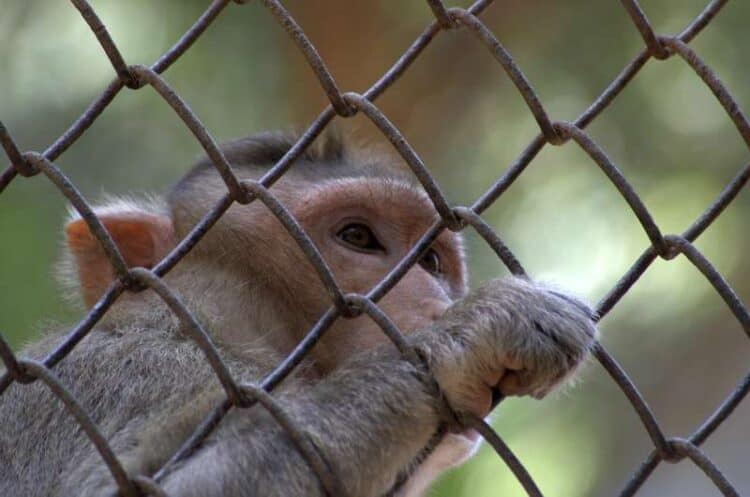
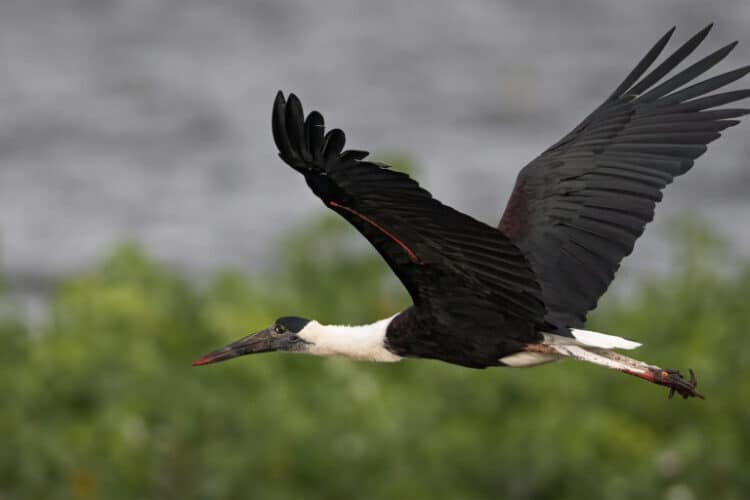
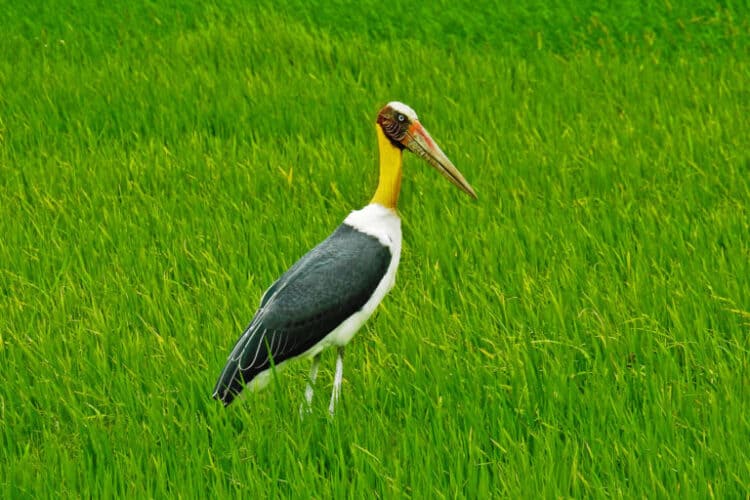

Leave a Reply